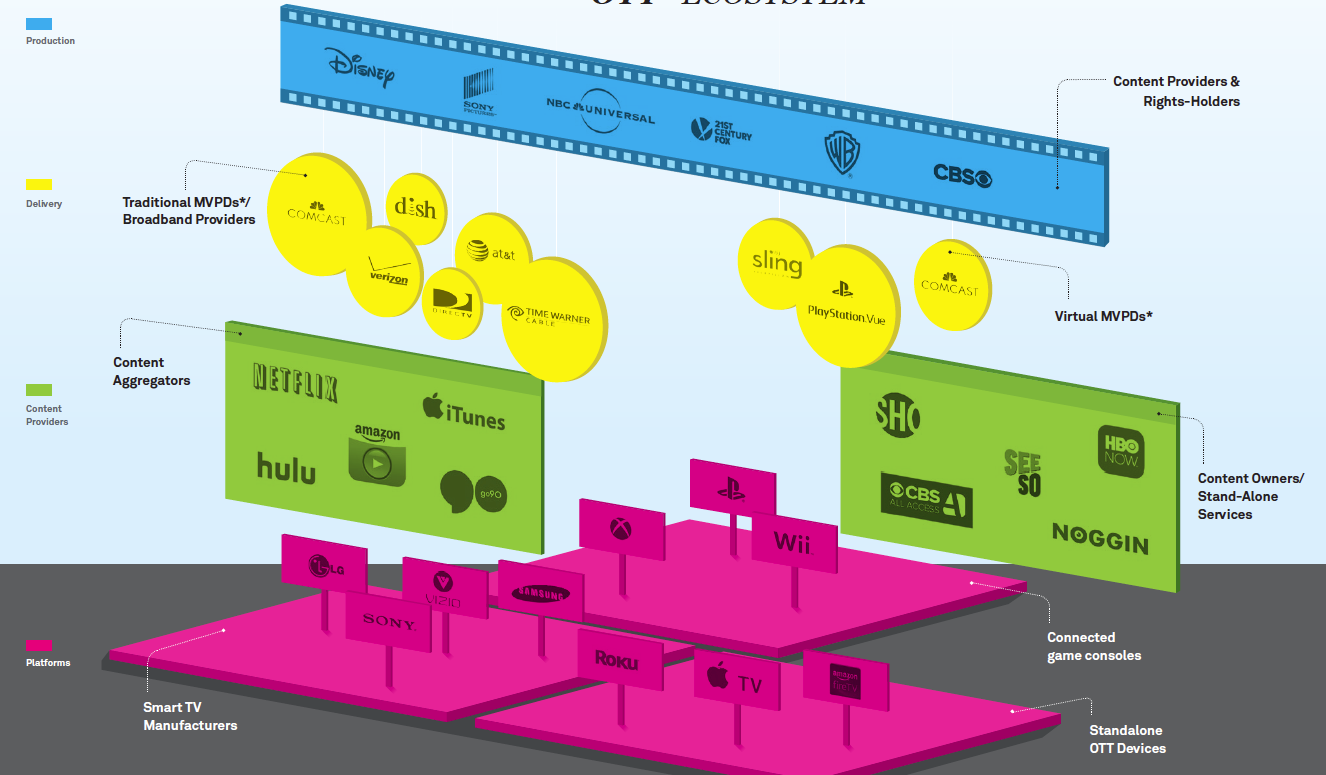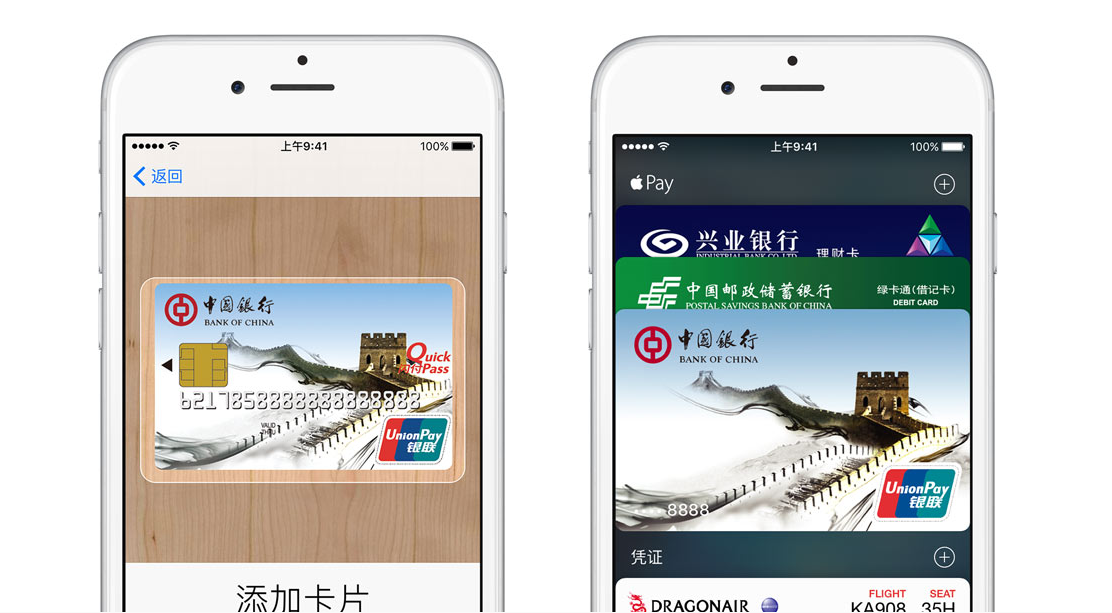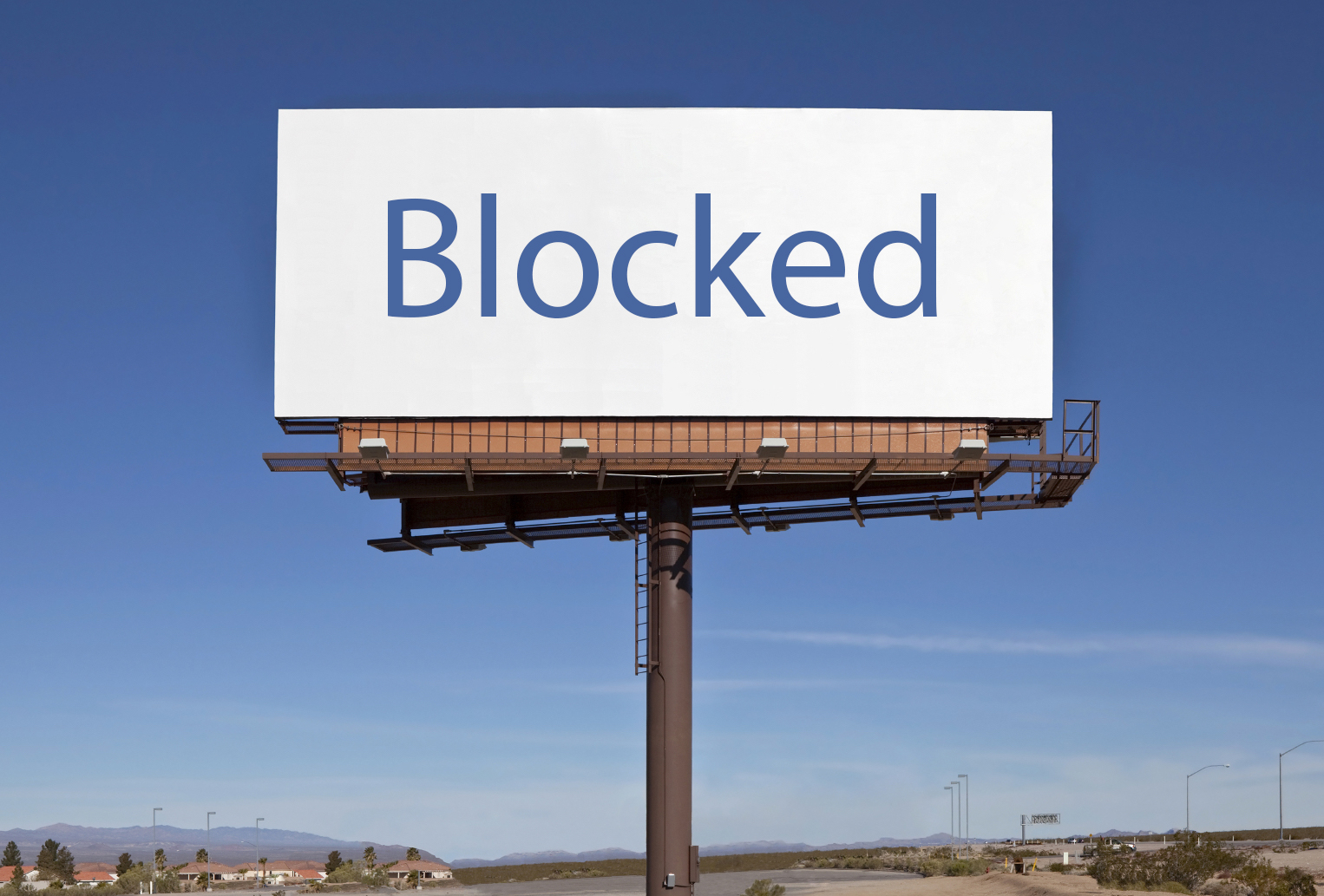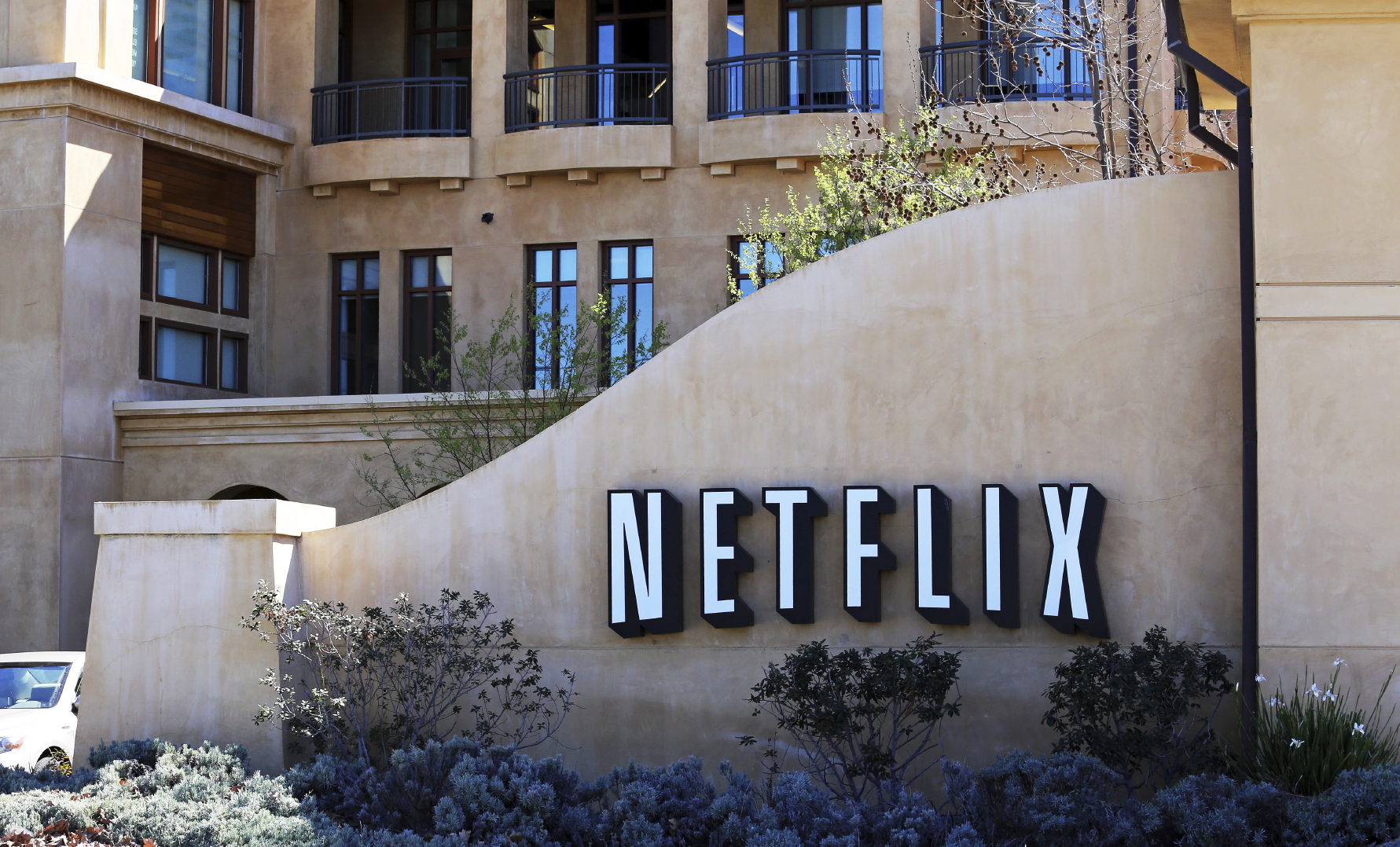
Category: Uncategorized


Updates On Boundless Retail: From Omni-Channel To Customer-Centric
In this first entry of our “Updates on Boundless Retail” series, we take a closer look at Amazon’s and Walmart’s recent acquisitions, how they are becoming more alike than ever in terms of the shopping experience they provide, and why a customer-centric approach is what will define the next stage of Boundless Retail.
On June 16, the retail world was shaken up by two major acquisitions. Amazon announced its $13.7 billion acquisition of Whole Foods while Walmart announced it is buying premium menswear brand Bonobos for $141 million. For us, these two announcements offer a rather intriguing juxtaposition to re-examine the current state of retail and the way an emerging convergence of online/offline retail channels is shaping the sector’s future.
On one side, the Whole Foods acquisition solidifies Amazon’s entry into brick-and-mortar retail, as the deal bought Amazon “431 upper-income, prime-location distribution nodes” that will further boost its logistical prowess, particularly in the food and grocery categories. On the other, Walmart, the biggest physical retailer in the world, is buying a fashion retailer that uses its physical stores strictly as showrooms and sells everything through its website. As a result, both companies are racing against each other to become more like each other, as they blur the line between physical and online retail.
In our 2016 Outlook trend report,we observed:
“As ecommerce, physical, and on-demand retail become tightly integrated, our smartphones are becoming our passports, connecting our online preferences, profiles, and activities to our offline shopping experiences, and vice versa. Boundless Retail allows consumers continuous access to sellers who build relationships through multiple touchpoints and channels.”
Now, halfway into 2017, it is becoming clear that the concept of Boundless Retail is evolving into an even more seamless and customer-centric stage. The omni-channel approach that most traditional brick-and-mortar retailers have started to adopt is certainly helpful in meeting the increasing demand in ecommerce. However, it lacks the fluidity that exemplifies the reality of shopping today, where the customer journey no longer follows through one particular sales channel but rather would jump between various channels as they wish. For instance, they may discover your product on a social channel during commute, order it on a desktop device when they are at work later, and then decide to pick up the item in store on their way home. Or they may discover your product when they are window shopping and later decide to make an impulse purchase on their mobile device.
This kind of random and mutable shopper behavior enabled by the abundance of retail channels renders the previous channel-defined strategies no longer efficient, since the siloed way of thinking prevents retailers from truly embracing a customer-centric approach that prioritizes consistently optimized customer experience over driving customers down particular sales channels. Amazon and Walmart, as the biggest retailers in ecommerce and brick-and-mortar respectively, understand this new retail reality. On a closer look at these two acquisitions, it is clear that both companies are actively implementing a more seamless shopping experience that is not so much as omni-channel but rather channel-agnostic.
Amazon has been trying to get into the grocery business for a couple of years now, first with private-label food products sold on Amazon.com and later with AmazonFresh slowly rolling out to select markets. In fact, one could say that Amazon has been eyeing the grocery market since 2012 with the acquisition of Kiva system, which span out from Webvan, the first ever on-demand grocery platform. Buying Whole Foods instantly gives Amazon access to the premium grocery customers they have been chasing after and, more importantly, the mass scale it needs to make the grocery business operational as a modularized service.
As analyst Ben Thompson pointed out in his Stratechery post, buying Whole Foods sets up the infrastructure that Amazon would need to launch Amazon Grocery Service, where the ecommerce behemoth would leverage its distribution scale to take over the perishable goods market and disrupt all food-related businesses. Amazon chose to commoditize its cloud platform and made Amazon Web Services (AWS) a white-label product that all businesses can use and build upon, which ended up dominating the web service market with it unparalleled scale and cloud computing power. Now it is aiming to do the same with perishable goods.
Amazon could care less if a rival online retailer wants to host their website on Amazon Web Services, as it will only feed into their cloud business. (Walmart, understandably, aims to undermine Amazon by ordering its vendors to use AWS competitors instead.) Similarly, the perishable goods that Amazon holds under its grocery operations now gain a high-volume brick-and-mortar channel, and vendors could care less about whether their products are being sold via Amazon Fresh or Whole Foods stores. Buying Whole Foods provides Amazon with a guaranteed, large-volume customer of the perishable goods in its network so as to justify scaling up its wholesale grocery operations and better compete with other grocery retailers.
Make no mistake, Amazon still has a long way to go in its quest to conquer offline grocery business the way they did with their cloud service. At the moment, Walmart still controls the biggest share of the U.S. food and grocery market (about 14.5%), followed by Kroger (7.2%), according to estimates by GlobalData Retail. In comparison, Whole Foods currently sits a 1.2% market share and Amazon with a 0.2% share. But with Whole Foods now under its control, Amazon can start pushing for a grocery shopping experience for its Prime members that is totally fluid and channel-agnostic, using the Prime account as the cross-channel identification key, and convert more grocery shoppers into its ecosystem with the combined appeal of Whole Food’s high-end brand and an optimized shopping experience.
Of course, Walmart is not going down without a fight. The decision to acquire Bonobo’s shows the supermarket chain is determined to work towards building a more fluid, customer-centric shopping experience. Already, the company has been steadily rolling out curbside grocery pickup services in select U.S. markets. Last month, it took that concept one step further with a trial run of automated pickup grocery pickup kiosks at an Oklahoma City store.
The sustained success of Bonobo’s unique ecommerce-led, showroom-supporting strategy will provide Walmart with some much-needed insights into how to develop a flexible online/offline shopping experience to take on Amazon’s advances in online apparels, evidenced by the new fashion-minded Echo Look and Prime Wardrobe service, which brings the “try-before-you-buy” model to Prime shoppers. It will be fascinating over the next few years to watch the two retail giants battle it out over grocery and fashion retail.
So, given the current state of the retail market and the way its future is shaping up to be, what’s a U.S. retailer whose name is neither Amazon nor Walmart to do? Well, the first step is to recognize the fact that there is no way you will be able to compete with those two behemoths in terms of scale. Amazon has pretty much dominated ecommerce traffic and will continue to buy its way into the brick-and-mortar market, whereas Walmart will still have the largest physical retail store count in the world as it continues to grow and improve its ecommerce operations. There is simply no viable way to compete with their massive scale and the operational advantages that come with it.
That being said, retailers can still carve out a sustainable and profitable business by focusing on differentiation and perfecting the shopping experience they provide. As Andy Dunn, CEO of Bonobo’s, astutely pointed out, retailers need to focus on developing a unique brand identity with proprietary differentiation points that will offer customers a good reason, be it low cost, exclusive selections, personalized recommendations, or a unique shopping experience, to choose you over their default retail choices. As the kind of purposeful shopping, where the shoppers already know what they want to buy, becomes increasingly expedited and even automated by digital tools, the experience is becoming the ultimate differentiation point that retailers need to focus on.
Not every retailer can afford to be omni-channel, but every one can find a way to make their products, services, customer experience, and ultimately your brand, different enough to attract a loyal customer base. In the next stage of Boundless Retail, the end goal is not simply to be present on every sales channel, but to build a retail brand that is so distinguished and beloved by your customers that it won’t matter which channel you are on.

IPG Media Lab Releases Outlook 2017
Check out our brand new 2017 Outlook here.
Every year here at the IPG Media Lab, we round up the big ideas that excite us: emerging market trends, new technologies, and consumer shifts that are reshaping the ways we evaluate, buy, and consume media. And today, we are proud to present you with our Outlook 2017: The Next Wave of Computing, which examines the rising challenges and opportunities for brands as we move past the peak of the smartphone era and start to enter an A.I.-powered, globally connected future.
Trends and themes covered include:
- Advanced Interfaces – The smartphone supply chain has given rise to powerful, cheap computing components that can augment many parts of our bodies, our homes, and our cities with intelligence. We think about these things as IoT devices or wearables, but when backed by machine learning in the cloud, and down up with other devices, they create totally new kinds of advanced interfaces for media.
- Global Culture – The app-ification of all media has had the consequence of breaking down boundaries in how, when, and where that media is consumed, with little regard for your windowing strategy. How can you effectively reach the cohorts of global consumers which share more in common interest and less in geography?
- Augmented Intelligence – A growing suite of cloud services and a new breed of machine learning, constantly analyzing those new inputs, is helping us to deliver new kinds of hyper-personalized experiences. Is your brand ready to embrace the rise of A.I. and tap into the transformative power it will bring to marketing?
Take a look and let us know what you think @ipglab on Twitter or contact our Client Services Director Samantha Barrett ([email protected]); we’d love to hear from you.
Check out the full Outlook report at: https://www-stage.ipglab.com/outlook2017/

Five Must-See Stats From Magna Global’s New Media Economy Report
Click here to read the full report
Our sibling agency Magna Global released their latest Media Economy Report. Titled “The New Face of TV,” the report focuses on the rapid ascension of OTT and explores how this trend will make audiences redefine the definition of traditional TV. Here are the top five statistical highlights:
- “Cord-cutting” became a reality in 2015, and Magna expects nearly seven million more homes will cut the cord by 2020.
- The number of “cord-never” households — whether they are broadband-only, broadcast-only, or non-TV homes — will reach 30 million over the next few years.
- Time spent with OTT devices has more than doubled year-over-year, and overall time with digital video, regardless of device, has increased by 25%.
- OTT devices are capturing an increasing share of digital video ad views and growing faster than any other device with a 157% year-over-year growth rate.
- Digital media revenues will reach 37.3% market share by the end of 2017 globally, surpassing TV, to become the number one media category.
Read original report on: magnaglobal.com

Global Watch: Apple Pay Launches In China, 38 Million Cards Registered in One Day
What Happened
Apple first announced in December that it was partnering with China’s UnionPay to bring Apple Pay to users in China sometime in 2016. Now a year and a half after launching in the US., the Cupertino company officially launched Apple Pay in China on Thursday, and, according to Mashable’s report, it has been an early success as 38 million credit cards were linked on launch day. In fact, many Chinese users complained that they were unable to sign up due to what Apple later confirmed to be a “planned gradual rollout throughout the day.”
Market Impact
Unlike U.S., mobile payment is already widely adopted by mainstream consumers, thanks to the popularity of Alibaba’s Alipay and Tencent’s WeChat Wallet, which experts suggested would pose challenges for Apple Pay. However, with the backing of UnionPay, the only domestic bank card organization in mainland China, Apple Pay may just stand a good chance at conquering this important global market, as it plays an integral part in Chinese banks’ plan to digitize its offline payment services and compete against the likes of Alipay.
What Brands Need To Do
As Apple continues to push Apple Pay into more global markets, expanding its scope and capturing more users in the process, it is time for brands that have businesses in China start using Apple Pay’s integration of reward programs to connect with the local consumers. As a market that is quite accustomed to offline mobile payment, this also presents new opportunities for retailers with stores in China to incorporate existing reward and loyalty programs into new point of sale systems for a frictionless shopping experience.
Sources: 9to5 Mac
Header image courtesy of apple.com/cn

Next Gen Advertising: Could Consumer Excitement Make All the Difference?
Written by Lena Phalen, Research Analyst at Lab’s Research Department
Right Now, We Have a Problem.
These days, consumers are constantly inundated with ads. Trillions of ads are served to US consumers every year. In fact, the average person encounters approximately 1,200 ads per day, according to MAGNA GLOBAL’s estimates. It’s no wonder consumers consider marketing to be out of control. Our standard methods aren’t working – with this amount of volume, people must tune advertising out in order to simply function! This frustration has also resulted in the rise of ad blocking software, which PageFair/Adobe reports about 198 million people worldwide use (43 million in the US alone, according to their 2015 data), compounding issues of ad effectiveness further. The advertising community desperately needs to find better ways of engaging consumers that go beyond the archetypical and ineffective banner ad.
Although technology has amplified issues of ad inundation, it has simultaneously given us tools to better address how to make ad experiences more targeted and enjoyable for consumers. The key is using the tools that we have to improve the effectiveness of ads that are created. For one, we now have the ability to target consumers when they might be in different emotional states, depending on what they are doing or watching – or even to analyze their emotional response to content and creative on a large scale using facial recognition software, such as IPG Media Lab’s AttenTV product. These are powerful, underutilized tools – especially considering that all of the research the IPG Lab has done on the topic suggests that when consumers are in a heightened state of excitement, ads work much harder.
One Solution: Capitalizing on Exciting Content
One way to reach consumers when they are in a happier, more excited state is by pairing ads with content that is proven to do just that. When an earlier Lab study inadvertently revealed that there were significant differences in the perceptions of comparable news sites, we developed a new study to delve further into its effects. From this following research, we found that certain news sites that were more trusted and improved consumers’ emotional well-being in comparison to similar sites resulted in a substantial halo effect for ads on the site. All of the Lab’s studies are scientifically curated to control for demographic and other outside differences, so we were looking at the same ads on each different news site and comparing accordingly. As consumers reported greater amounts of positive feelings, including overall happiness, intrigue, and energy while reading content from the site, as compared to the other similar sites, the ads that were served next to the content also worked harder. They resulted in significantly higher brand metrics, including a 3% higher brand favorability and an impressive 11% higher purchase intent. Even with basic messaging, these ads were more effective.
We also have another study in the works partnering with ZEFR, a company with the ability to identify and target context in video, to investigate the effects of more diverse emotions. Early results are encouraging, indicating that emotional congruency (i.e. matching the tone of ad creatives with content placement) delivers similar benefits to ad effectiveness and improves ad experiences.
Another Solution: Capitalizing on Exciting Situations
We can also easily predict when excitement will rise based on a given situation occurring in different locations, and gear advertising to capitalize on the event. For instance, the Super Bowl. Naturally, consumers will have strong opinions about who they want to win, so we wondered what would happen if a brand aligned with the rooting interest of an audience. The Lab spent some time researching ads that rooted for the two participating teams across the country, and found that these “rooting ads” work far better than standard ads, since nearly everyone was rooting for an outcome and felt passionately. This passion and excitement translated to favorable brand opinions – enough to also significantly move consumers’ purchase intent by 6% compared to standard ads. We even found that the more passion for a team/outcome, the more likely people are to want to purchase the brand.
Another opportunity to utilize exciting occasions has emerged from the mobile app/gaming realm. It is intuitive that during moments of achievement (i.e. reaching a goal, winning something, etc.), consumers are more excited (40% more, according to our research with Kiip), than at other points in the game or app. But, an innovative way of capitalizing on this emotion is to pair advertising with rewards given to consumers after they unlock an achievement, which Kiip has already built a successful ad model around. These rewards have a purpose – consumers can actually use them, and they congratulate consumers when happiness, attention, and engagement levels are at their highest. They were so effective, we noticed a 133% higher purchase intent across the board.
So What Can We Do?
Well, for one: target situations and content that we already know will illicit passion, energy, and excitement from consumers. Whether or not the content is generating the excitement or the current outside situation, it seems that its effects on advertising are quite positive. The same ads will work harder in these situations than if positioned in less stimulating environments.
The data on what kinds of content makes consumers happier and more engaged is out there, whether it be certain news channels, games, or videos. However, we would have to look through the research to find better ad placements based on these emotional criteria. Sometimes finding exciting content is intuitive (with gaming, apps, etc.), but it is harder to predict exactly which news site or news content will raise happiness and engagement levels when compared to others. Just the same, not every brand or brand message needs be happy to emotionally engage audiences. Exciting content and exciting situations are about forming a connection with your audience and eliciting a response—cutting through the ad clutter to distinguish your brand.
This calls for a better database of information that connects research to practice. There is also certainly a great deal of work left to do on this topic, with many more situations left to investigate. The Lab is already looking into some of them, such as video advertising based on emotion. We have the technology: we now need to capitalize on it. It is technology like this, which helps make ads relatable and excitable to consumers, that is the future of next-gen advertising.

Happy Holidays From IPG Media Lab
Dear readers,
Thanks for reading! We hope you enjoyed our content this year. Remember to check back on Jan. 4 for our CES 2016 coverage.
Happy Holidays!
IPG Media Lab

Why Ad-Blockers On iOS 9 Might Not Be What You Think
Today marks the official release of iOS 9, Apple’s newest operating system upgrade for its mobile devices. Along with it comes the much hyped mobile ad-blockers. TechCrunch tested three new content blockers for iOS 9 – 1Blocker, Blockr and Crystal. Popular desktop ad-blocker AdBlock Plus will also introduce an ad-blocking extension following iOS 9’s debut. So far, the ad industry appears to be somewhere between unconcerned and challenged, while most digital publishers seem to see this as a “frightening reckoning” and “potential nightmare.”
It is important to note that Apple is only adding support for content filtering extensions for Safari which must be downloaded and installed. Therefore they are not a system-wide feature that users can simply switch on to block all digital display ads with a simple swipe in settings. Instead, users seeking to block ads on their mobile browsers will have to install a third-party app, and jump through several steps in order to get it to work with Safari. While the process varies from app to app after downloading, generally users need to then enable content blocking extensions in Settings –> Safari –> Content Blockers, before returning to the app to customize the configurations. This process is akin to installing a third-party keyboard, and it can seem rather complicated for non-power users.
That being said, the well-documented, wide-ranging benefits that those ad-blocking extensions can bring to mobile browsing experience will likely motivate a significant portion of users to jump through hoops to set up the extensions. With the popularization of pop-ups, interstitials, and autoplay videos, digital display ads on websites have only grown aggressive over the past few years. Usage of the new content filters will only accelerate the ongoing shift towards native advertising and publishing directly to social networks and platforms that can help monetize content without the use of third-party ad networks. Moreover, as the extensions only work with Safari, all the ads served in apps, where users spends over 85% of their time on mobile devices, won’t be affected at all.
For more actionable suggestions on how brands can deal with the rise of ad-blockers, click here to read our in-depth Fast Forward analysis on this buzzing subject matter.

Watch The Lab’s Chad Stoller Explain TV-Synced Digital Ads
Chad Stoller, managing partner of the Lab, sat down with Beet TV to discuss why TV-synced digital ads, powered by companies like Samba TV, is the next best thing to addressable TV, and its capability for “future retargeting”.

Why Netflix Is Having Such A Good Year… For Now
Netflix seems to be having a very good year so far. In an earnings call earlier today, the company reported that it has added more subscribers than expected around the world during its most recent quarter, generating more than $1.6 billion in revenue. The better-than-expected performance propelled the stock share of the streaming service giant to increase 10%.
Already bigger than all cable channels, analysts predicted that by next year Netflix U.S. viewing will surpass all big four broadcasting networks. In a letter to its shareholders, Netflix highlighted its slew of original shows launched this year as a major factor for its accelerated growth, citing that “90% of Netflix subscribers have engaged with original content.”
Meanwhile, in other good news, the 2015 Emmy Nominations were announced this morning, and Netflix’s original shows scored 34 nominations in total, up from 31 last year. OTT streaming services have been steadily encroaching on TV networks in attention and awards, a trend that this year’s nominations reflects.
Despite the double good news, however, Netflix does have a potential issue in the fact that it doesn’t actually own any of its originals. Its hit series Orange is the New Black, for example, is produced and owned by Lionsgate Television, while its Emmy-nominated freshman series Unbreakable Kimmy Schmidt comes from Universal Studios. In comparison, rival Amazon’s critical darling Transparent is produced by its in-house Amazon Studios.
Acquiring content from outside studios is a smart and cost-effective move for a new platform seeking content, but if web-based TV continues to grow in prominence, Netflix could very well lost their original shows to growing rival platforms. In order to avoid losing the brand value it has built upon its original content, Netflix will probably need to bring more production in-house in the future.


